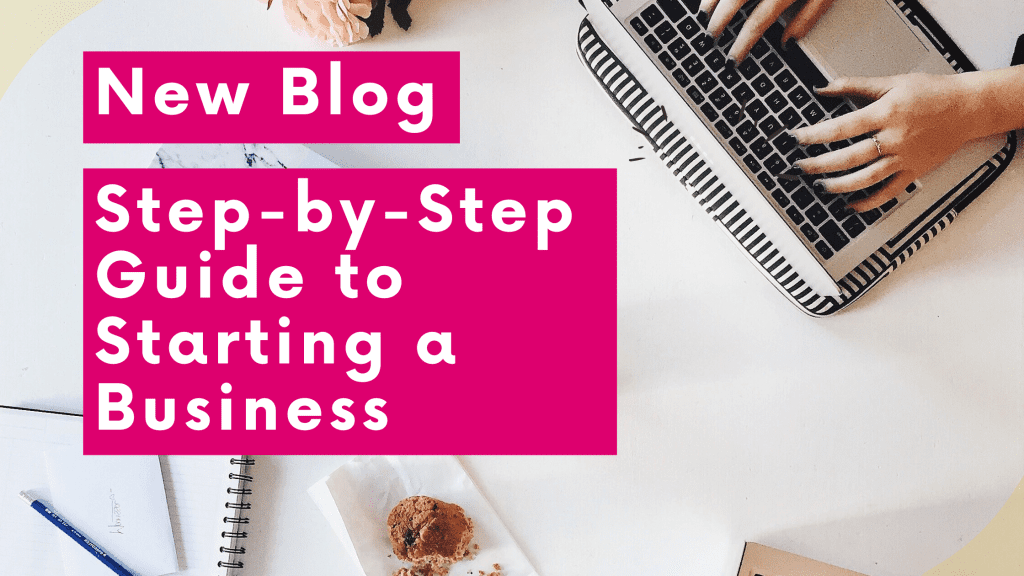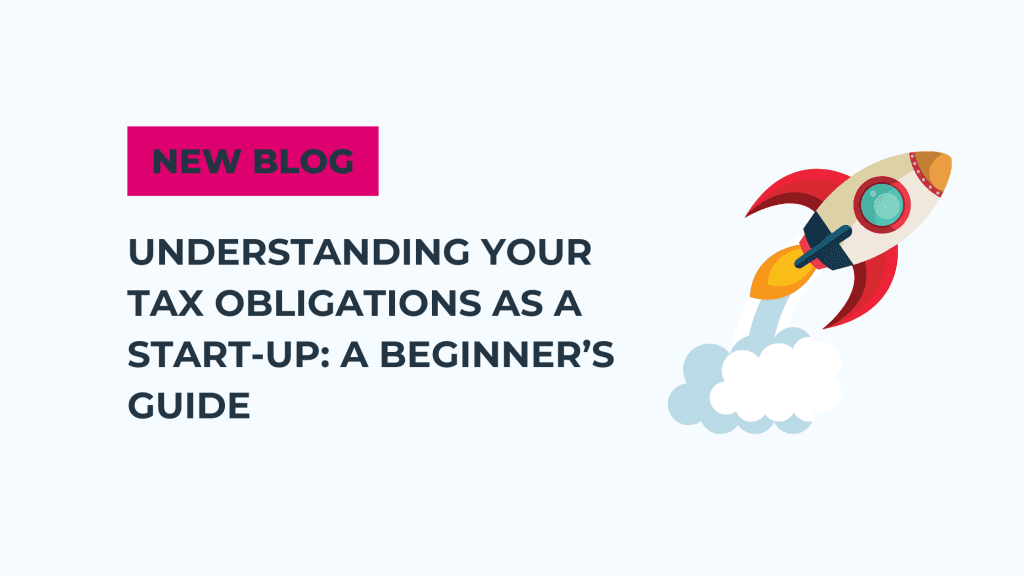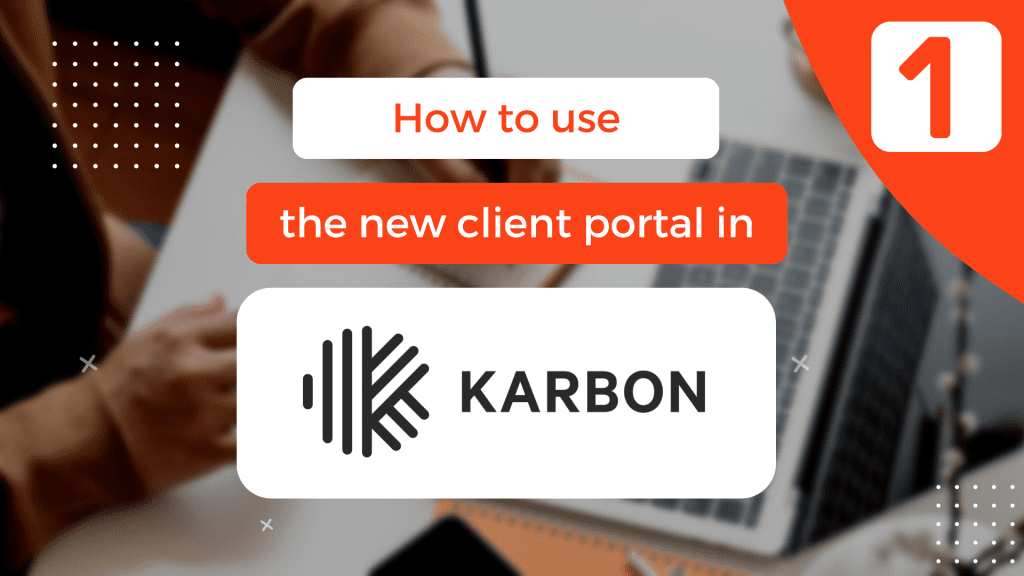
Step-by-Step Guide to Starting a Business Starting a business can be both an exciting and daunting endeavour. With the right…

Step-by-Step Guide to Starting a Business Starting a business can be both an exciting and daunting endeavour. With the right…

How Can Business Coaching Develop Strong Leaders? In today’s competitive business environment, strong leadership is more crucial than ever. Leaders…

Understanding Your Tax Obligations as a Start-Up: A Beginner’s Guide Starting a new business is an exciting journey filled with…

What Are the Common Pitfalls in Succession Planning and How to Avoid Them? Succession planning is a critical process for…

What is Succession Planning? Succession planning is a vital strategy for businesses of all sizes, ensuring long-term stability and growth…

Capital Gains Tax: Understanding the Latest Changes and Updates Are you looking for comprehensive guidance on Capital Gains Tax (CGT)?…

We’re back with another blog post and this time we’re diving into a topic that isn’t everyone’s cup of tea…

As part of our onboarding process we ask all of our clients for two pieces of ID. You might be…

It’s no secret that we love Xero! It is the accounting software that we recommend to absolutely all of our…

Welcome to the 1 Accounts client portal! This portal is an online management system that allows you to easily and safely send,…